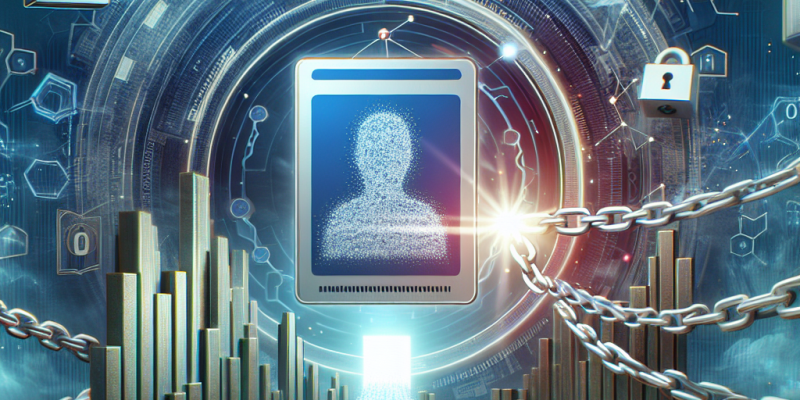Empowering Digital Identity: The Role of Blockchain in Protecting Personal Data

In an age where digital interactions permeate every aspect of our lives, the importance of safeguarding personal data has never been greater. With the exponential growth of the internet and the increasing digitization of services, individuals frequently share personal information online, spanning health records, financial details, and even daily activities. However, this convenience is often accompanied by serious risks, including identity theft, data breaches, and unauthorized surveillance. As a result, the need for a robust solution to protect digital identities has emerged, and blockchain technology offers a promising avenue for empowerment and security.
Understanding Digital Identity
Digital identity refers to the online representation of an individual, encompassing information such as usernames, social media profiles, biometric data, and even digital footprints left by browsing habits. Traditional methods of establishing identity rely heavily on centralized databases, managed by institutions like government bodies, banks, and social networks. This centralization makes personal data vulnerable to hacking and misuse, as breaches can expose sensitive information of millions.
The Emergence of Blockchain Technology
Blockchain, originally developed as the underlying technology for cryptocurrencies like Bitcoin, is a decentralized and distributed ledger system. It allows information to be stored across a network of computers (nodes) in a secure and tamper-resistant manner. Each transaction or data entry is recorded in blocks, which are linked to form a chain, hence the term "blockchain." This inherent decentralization offers significant advantages in terms of security, transparency, and trust.
Empowering Digital Identity with Blockchain
1. Decentralization and Control
One of the most significant advantages of blockchain for digital identity is decentralization. Instead of relying on a central authority to manage personal data, blockchain allows individuals to retain control over their own information. Users can create and manage their digital identities without needing intermediaries, reducing the risk of data breaches and misuse.
2. Enhanced Security
Blockchain’s cryptographic features ensure that the data stored within it is highly secure. Each entry is protected by complex algorithms, making it nearly impossible for unauthorized users to alter or forge data. This level of security is particularly crucial for protecting sensitive personal information and can deter identity theft.
3. Immutable Record-Keeping
Once a piece of information is recorded on a blockchain, it cannot be altered or deleted without the consensus of the network. This immutability ensures that individuals have a verifiable and tamper-proof record of their digital identity, helping to build trust between users and service providers.
4. Self-Sovereign Identity (SSI)
Self-sovereign identity is a concept enabled by blockchain technology, where individuals have full ownership and control over their personal data. Users can selectively share specific data pieces with trusted parties while keeping the rest private. This selective sharing reduces the amount of sensitive information exposed to potential threats and minimizes the data taken by various service providers.
5. Interoperability
Blockchain can facilitate interoperability between different systems and platforms. This means that a user can use their digital identity across multiple services without needing to create separate accounts or provide additional verification. Blockchain-based solutions can thus streamline processes, reduce friction, and enhance user experiences while ensuring the integrity of personal data.
6. Transparency and Auditability
Blockchain enhances transparency in how personal data is used and shared. Users can have visibility into when and how their data is accessed or utilized, fostering accountability among service providers. This transparency creates a more trustworthy environment for digital interactions, as users can monitor the use of their information in real-time.
Implementation Challenges
Despite the promising advantages of blockchain for digital identity, several challenges must be addressed before widespread adoption can occur. These include regulatory hurdles, the need for user education, technological scalability, and ensuring privacy standards. Additionally, the notion of a digital identity brings forth ethical considerations, particularly regarding surveillance and consent.
Conclusion
In a world where digital interactions increasingly define our personal and professional lives, empowering individuals to control and protect their digital identities is paramount. Blockchain technology offers a transformative approach by decentralizing identity management, enhancing security, and promoting transparency. As the digital landscape continues to evolve, the integration of blockchain into digital identity solutions could pave the way for a safer and more equitable online experience, allowing individuals to reclaim their data and reclaim their identity in the digital age.
Embracing these innovations could ultimately lead to a future where users are not just data points in a centralized database but empowered individuals firmly in control of their digital lives. The road ahead may be challenging, but the potential for a secure and user-first digital identity is indeed worth pursuing.













